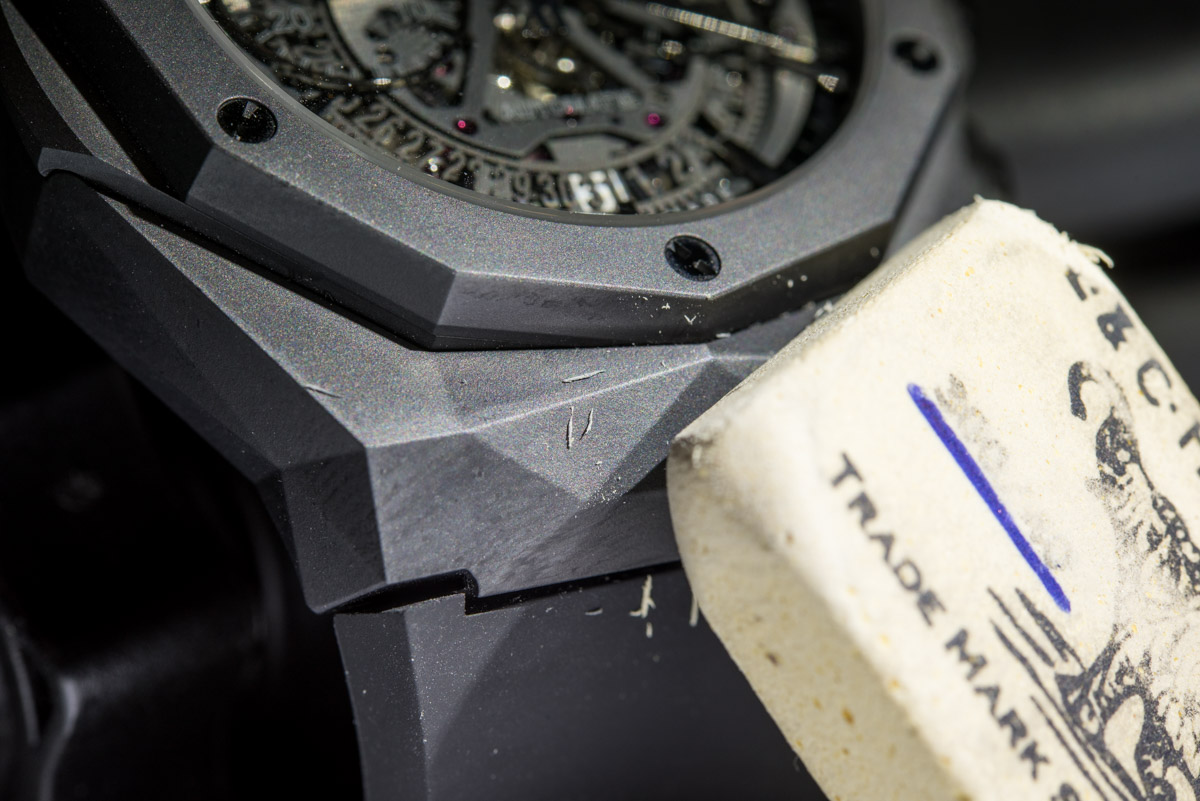
In this review of the Hublot Classic Fusion Aerofusion Chronograph Orlinski All Black I contemplate blasphemy in watch design and share what it’s like to come in contact with a lamp post while wearing an 18,000-dollar ceramic watch. Oh, and we’ll also discuss what’s happening in the image above. Stay tuned!
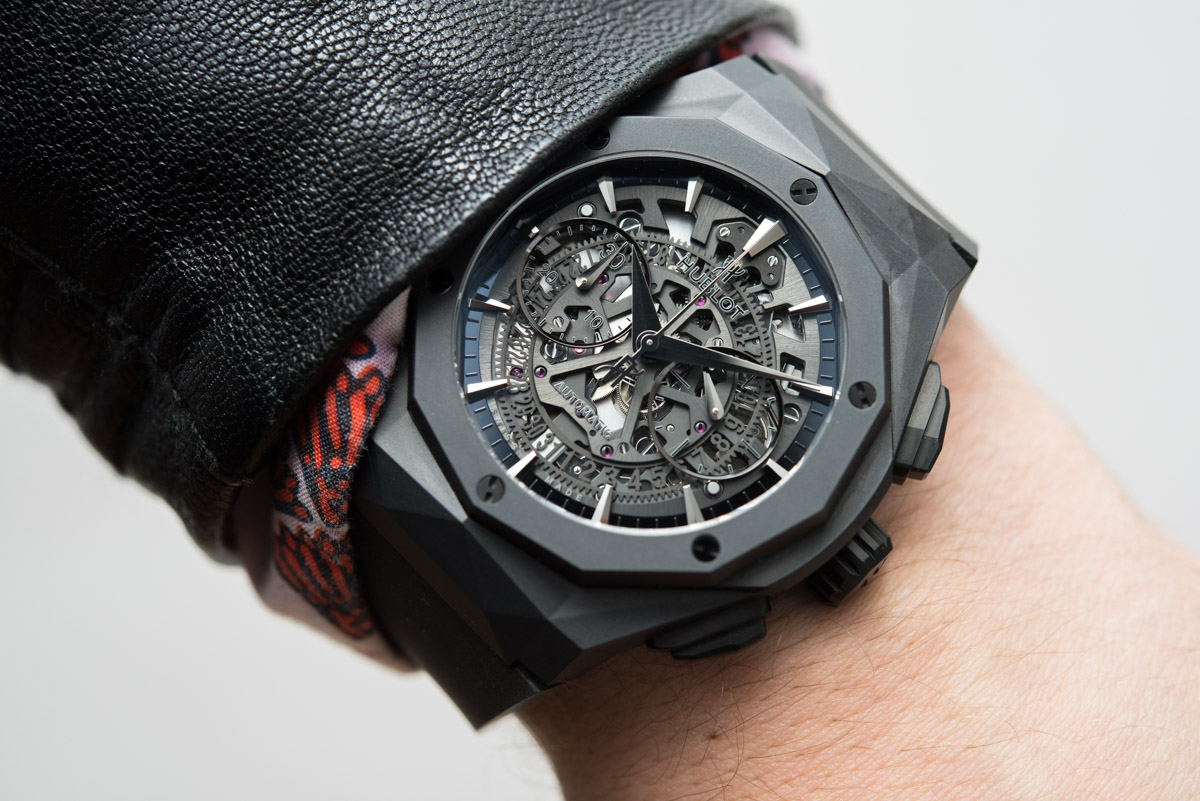
A Note On Bold Watches
Many appear to believe that it’s one of watchmaking’s most recent and most dubious developments that a watch’s primary function need not always be the easy telling of time. Mind you, the naysayers, those who are shocked by such watches are the same people who flock to the displays of horological museums to see the quirky, the cool, the ultra-rare, the bespoke, the special order Breguets and the likes – and expose a poorly disguised disinterest when facing more ordinary pieces. For centuries, watches with solid metalwork lids and mysterious/hidden time displays have existed… even The Most Impressive Piece in horology, the Breguet Marie Antoinette, is one of the most illegible ones all the same (yes, I know that it also came with a solid dial). I am amused by the hypocrisy that’s in the witch hunt modern brands are subjected to while old watches get a pass – even though these age-old pieces practiced the same meretricious things, albeit offered them at a much, much higher price, made available to a lot fewer in the world.
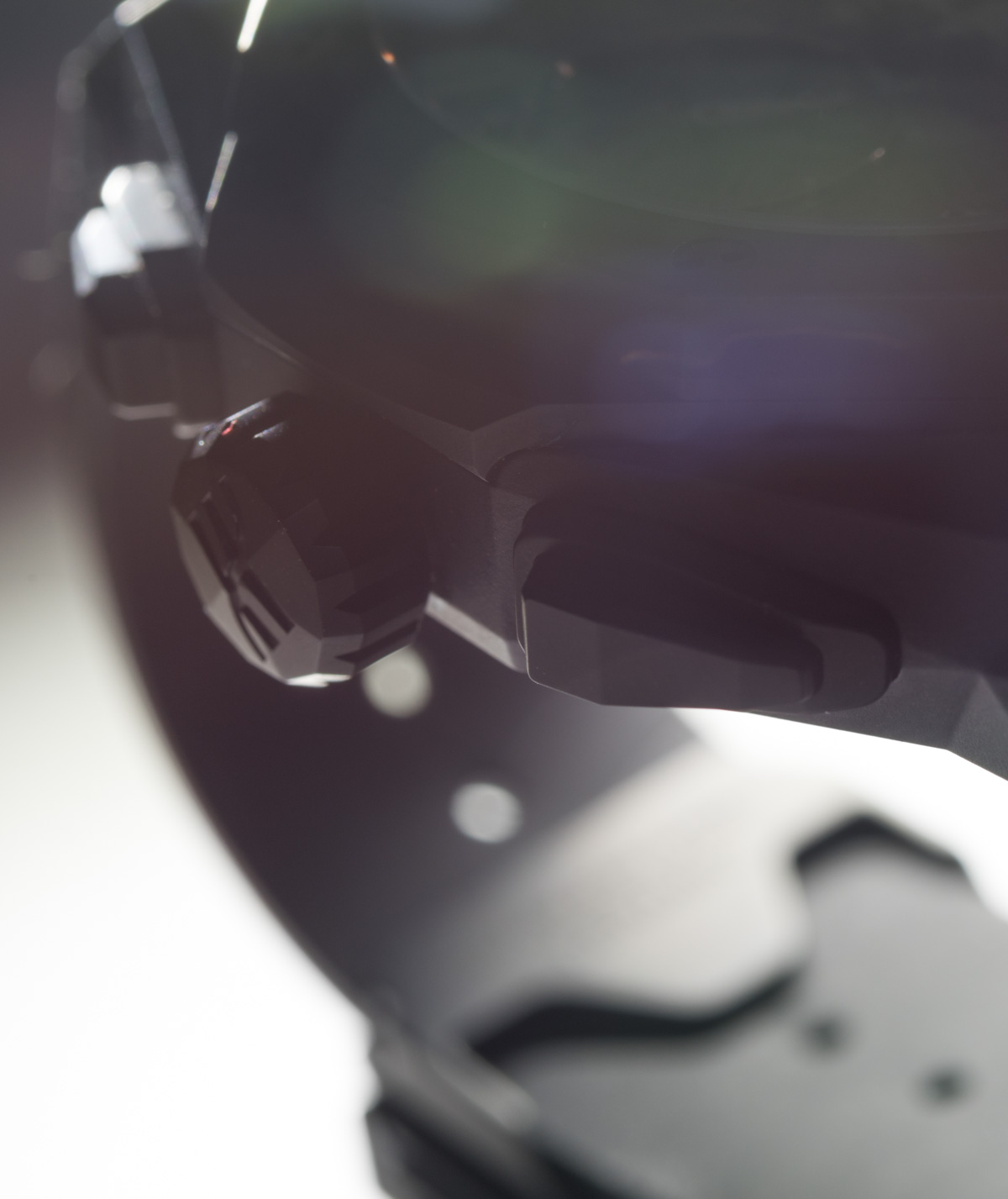
Should every brand produce at least some stellar, balanced, legible, technically impressive, novel, wearable watches? By all means! That’s the foundation to build upon. But where most brands stay on this level and “excite” with the prospect of a panda dial on a tame chronograph, others do what the greatest names had also not shied away from doing 100-200 years ago: create watches that cater for a clientèle who wants a luxury watch for its entertainment factor – and not because it ticks all the foundation-level boxes. When buying the right brand, you are already buying the ticked foundation-level boxes – in turn, you are free (what’s more, encouraged!) to buy a watch that laughs in the face of these strict standards. Feel secured by the brand and a bit out of your (and others’) comfort zone with the actual watch.
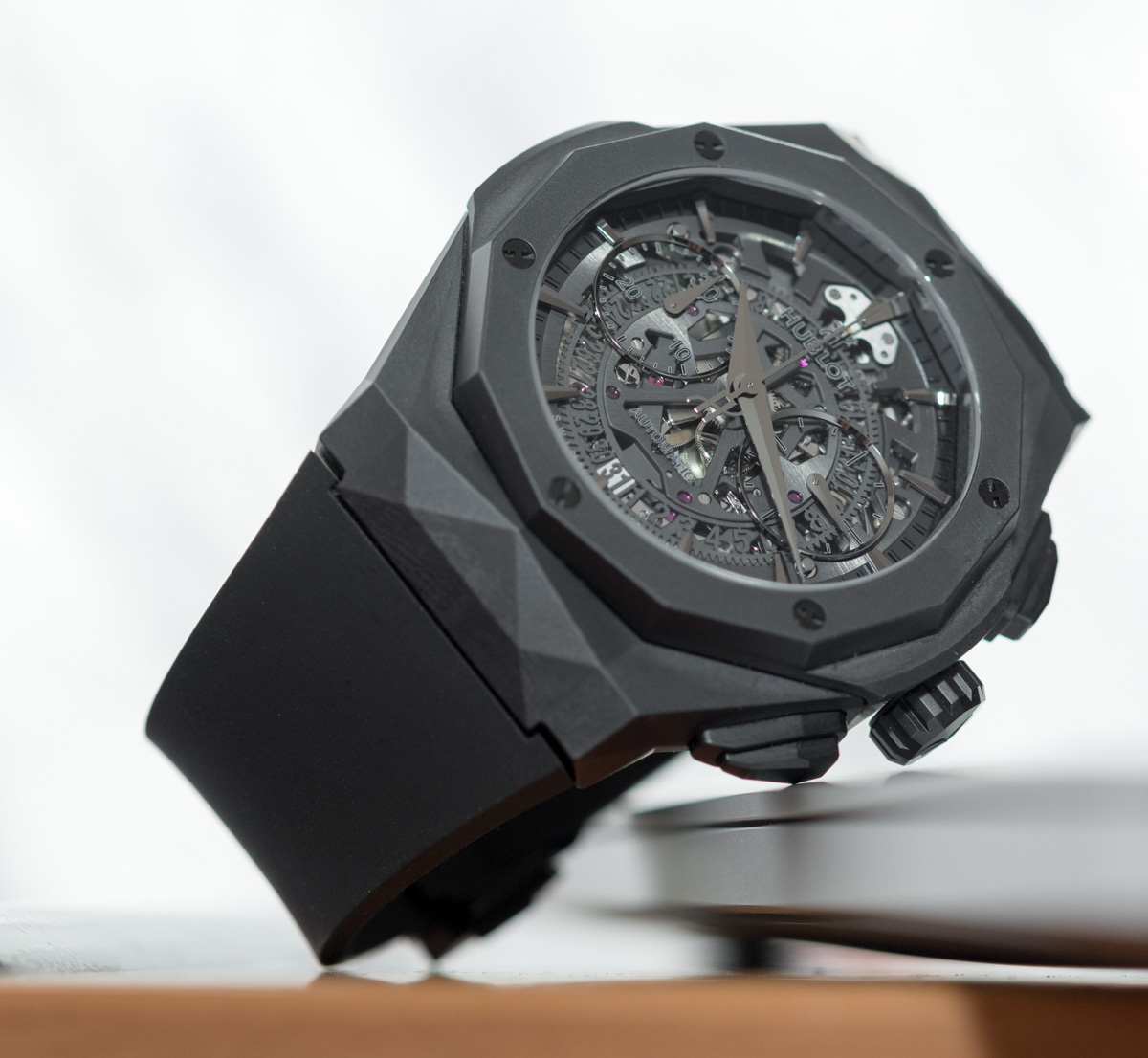
Before you grab a pitchfork, light a torch and head towards the aBlogtoWatch HQ (which is actually an RV in an undisclosed location in Arizona), I’ll clarify that Hublot gets these basics done in its own way – but gets them done nevertheless. Insane, highly complicated halo-movements to prove they know their way around mechanics? Check. In-house produced, robust chronograph? Check. In-house designed and produced, novel, quirky-cool time-only caliber (Meca-10)? Check. In-house foundry to make its own gold and lab to push ceramic technologies? Check. Is the 8 or so thousand-dollar Classic Fusion with a Sellita movement an abomination? I think so, but if they want to cash in on people wanting to cheaply buy into a brand – well, Hublot certainly isn’t the only one. But the rest, love or hate the design, is there. Whether one can see it or not, that makes no difference about the vast effort that’s put into materials and movements at Hublot – this I have seen at the manufacture a few times already.

A Note On Boring Watches
Hublot is a giant today, but it was a smurf of a brand just about 10 years ago. The reason it worked out is a combination of two things. First, Hublot didn’t neglect investing heavily into evolving its perception through new materials and new movements – not because they wanted the approval of “purists,” but because they understood the brand itself was to have these in-house capabilities to support the price point and the increasingly more insane designs. And yes, the second step is always more and more insane designs, because look at the brands who choose to produce the same old thing. They raise prices by 20% from one year to the next, because guess what, they can’t raise volume because they’d flood the market and they can’t put out new iterations because that isn’t associated with the brand. Therefore, the only way to make more money is to raise prices and/or make things more cheaply.
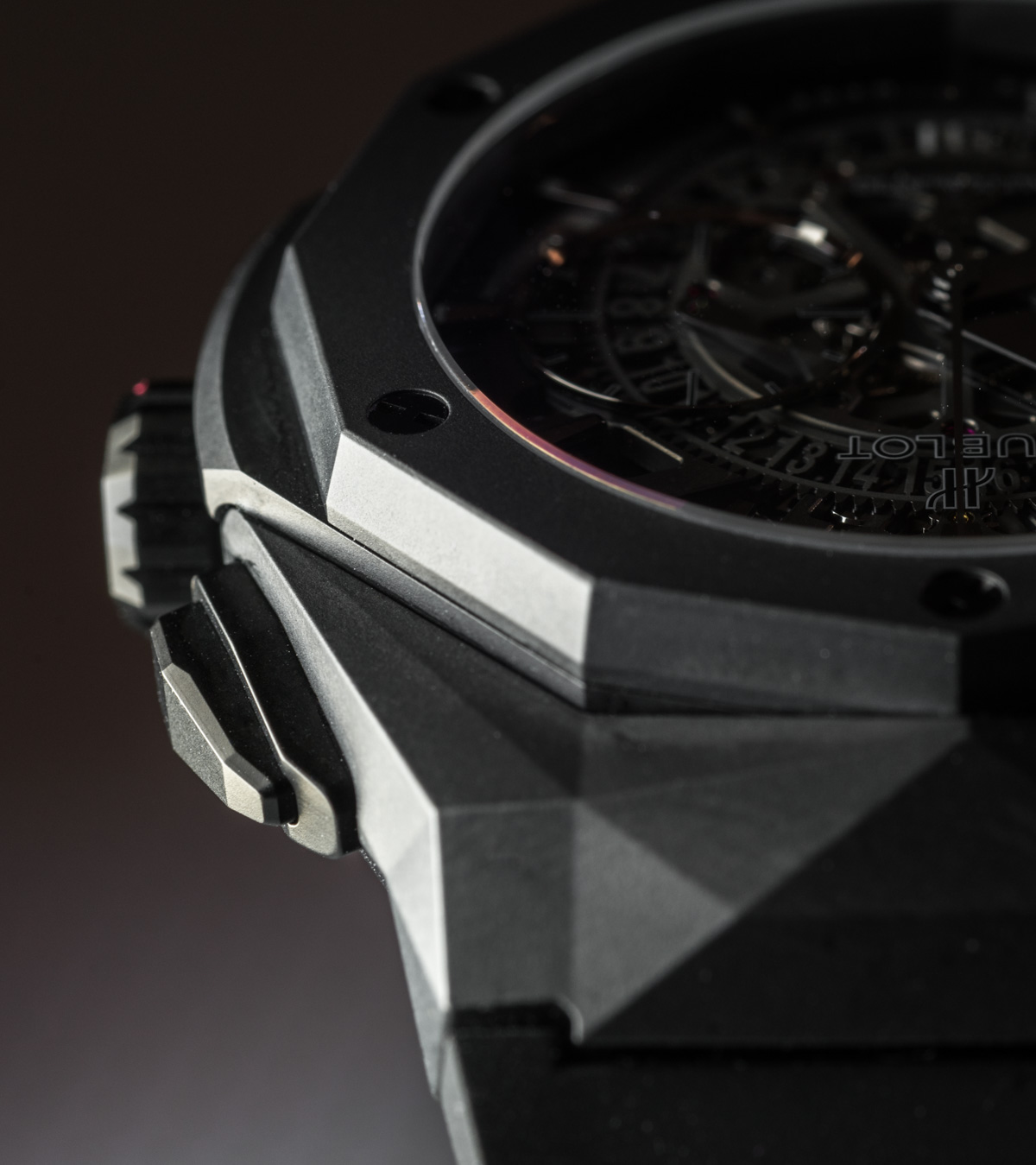
The burning issue related to this standstill is that once people have owned “the iconic reference,” they may buy it again once or twice in an ever-so-slightly new iteration, but then it just grows old on them. People who can afford to throw $20k-$40k at a watch every year or so have bought all the basics back in the ’00s or sooner – and today are flocking to brands who promise to actually entertain them. Sure, when going into more conservative settings, they’ll pull the good old Nautilus/APRO/whatever out… But they stopped buying new ones years ago and have been buying watches that they find to be interesting, entertaining, quirky – or are a combination of those things. And that’s where Hublot, and especially the new Orlinski pieces come into the picture.
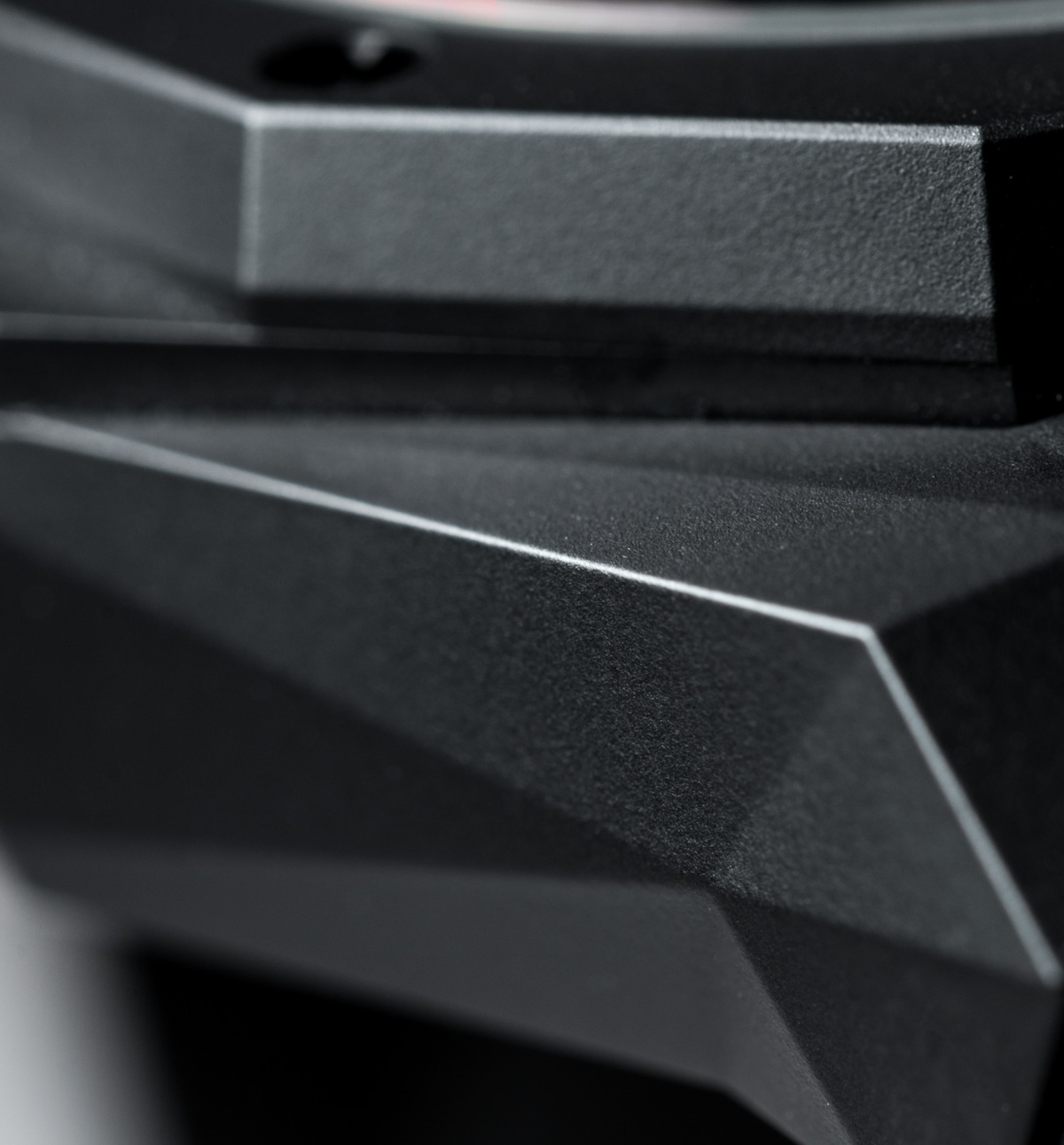
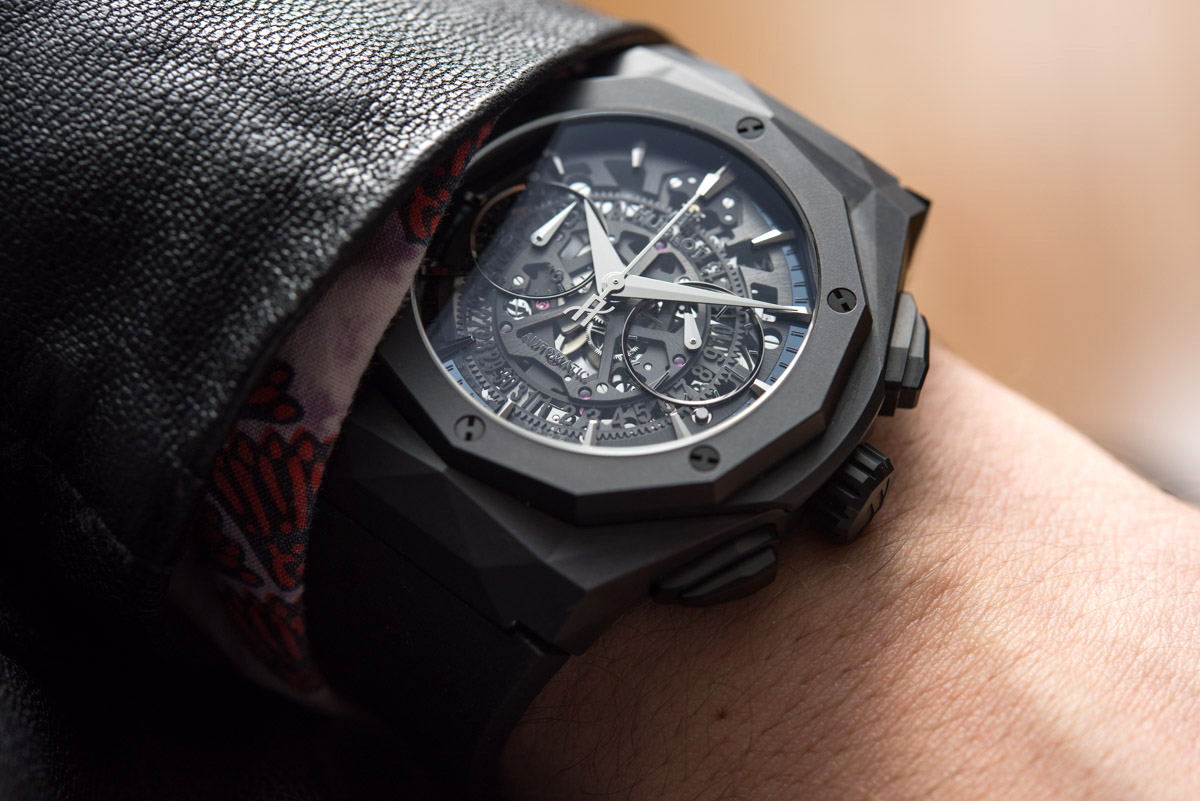
Orli-who?
Richard Orlinski is a “world’s bestselling contemporary French artist,” specifically a sculptor. I applaud Hublot taking the initiative in allowing car designers (with this) and sculptors to work on watches. Why don’t more brands do this? Some have been fighting a 30-year battle with accepting the Internet, so I guess it’s expected that they can’t really bring themselves to think outside of the box. Let’s be fair: not all these collaborations with non-watch-industry designers drawing watches worked out brilliantly. The Techframe, although it looked great, was basically unwearable with a wrist narrower than a medium-sized tree trunk – so yeah, designing a watch isn’t always easy.
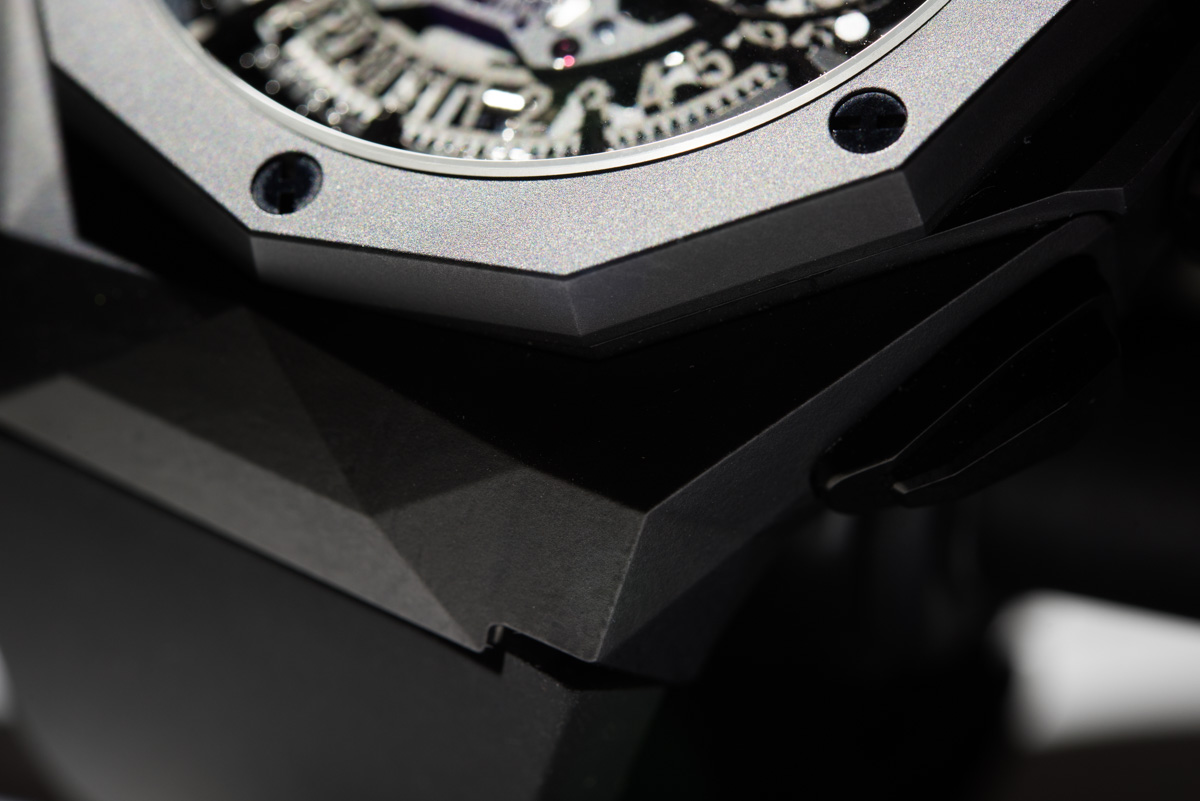
Hublot learned from that lesson and probably ended up telling Orlinski: “take our Classic Fusion, don’t make it larger or smaller… just kind of re-sculpt it, okay? You’re a sculptor, after all.” So that’s what Orlinski did and he added his trademark style best comparable to re-shaping sculptures in a way similar to how diamonds are cut. The resulting Classic Fusion case has a few dozen extra angles and panes, and it is only now that I’m looking at my pictures that I realized how these, from some angles, remind me of the origami cranes.
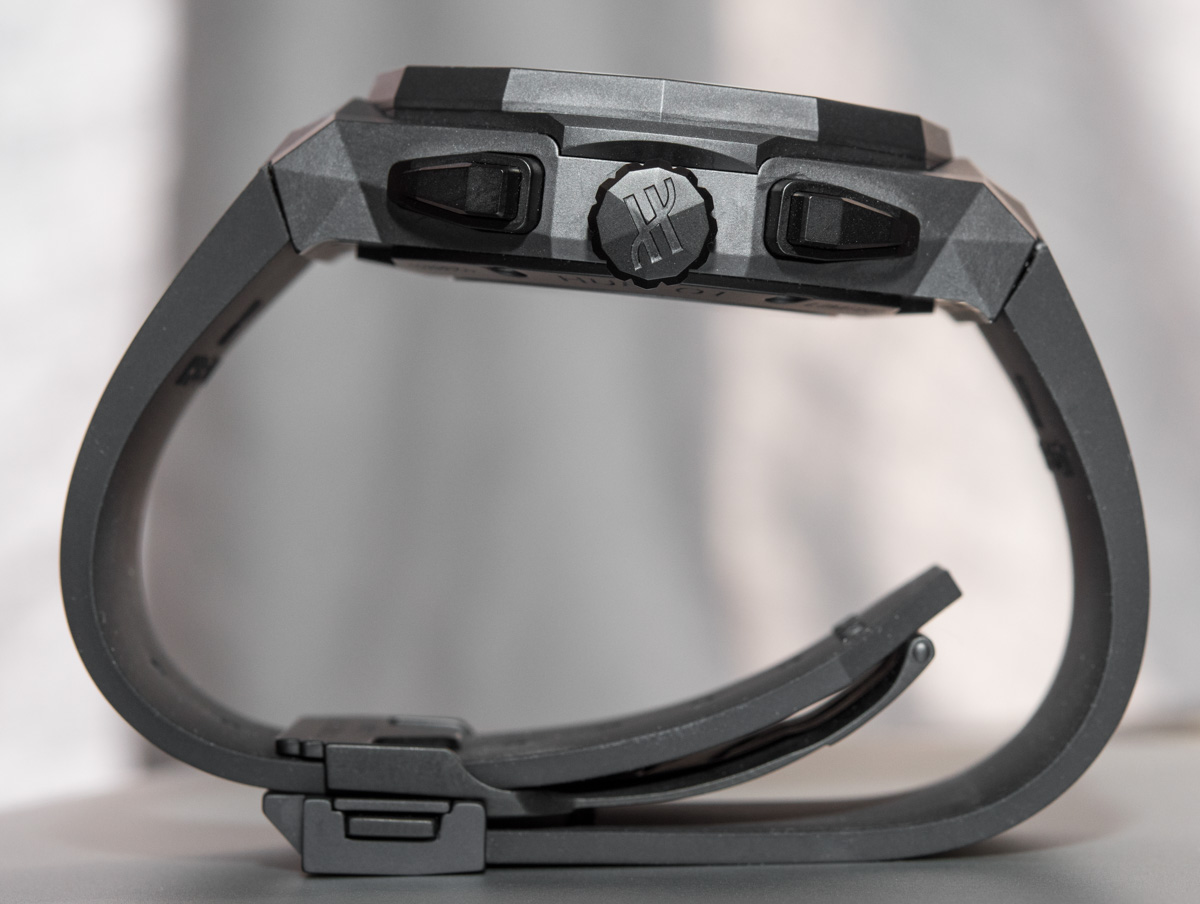
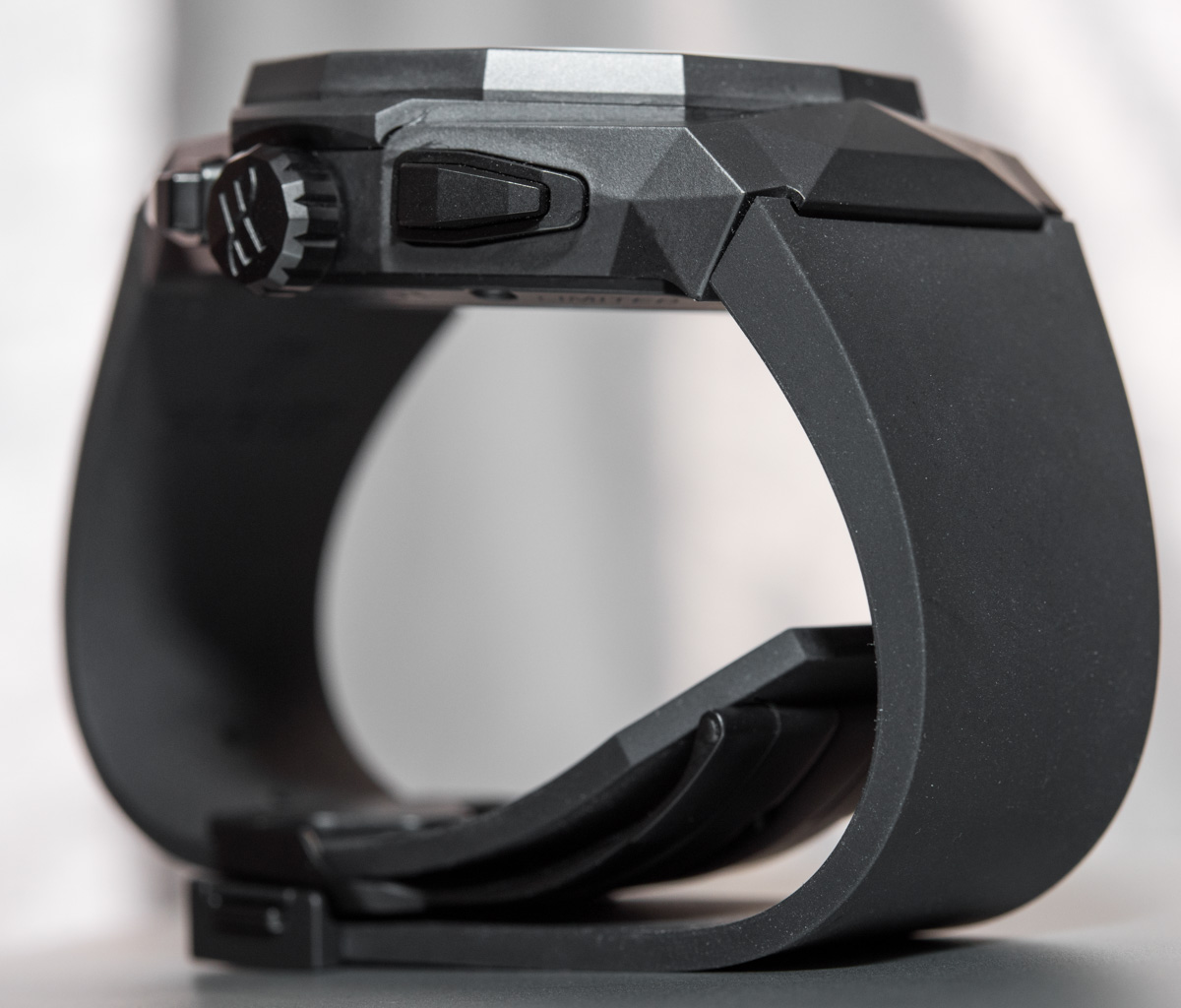
Everyone will make of the design what they want, I don’t feel one bit inclined to start discussing why Orlinski did what he did with the Classic Fusion or how he added his trademark style best comparable to shaping sculptures in a way similar to how facets on diamonds are cut. I’m not a fan of Hublot’s quasi-artsy description of the watch either: “the artist has designed a watch on the frontier of vintage and neo-futurist styles.” This description is making me mad just the same as lot descriptions at auctions do. There is little to no connection between the subject of the description and what that description describes. I don’t see anything vintage here, for example… and that’s a good thing.
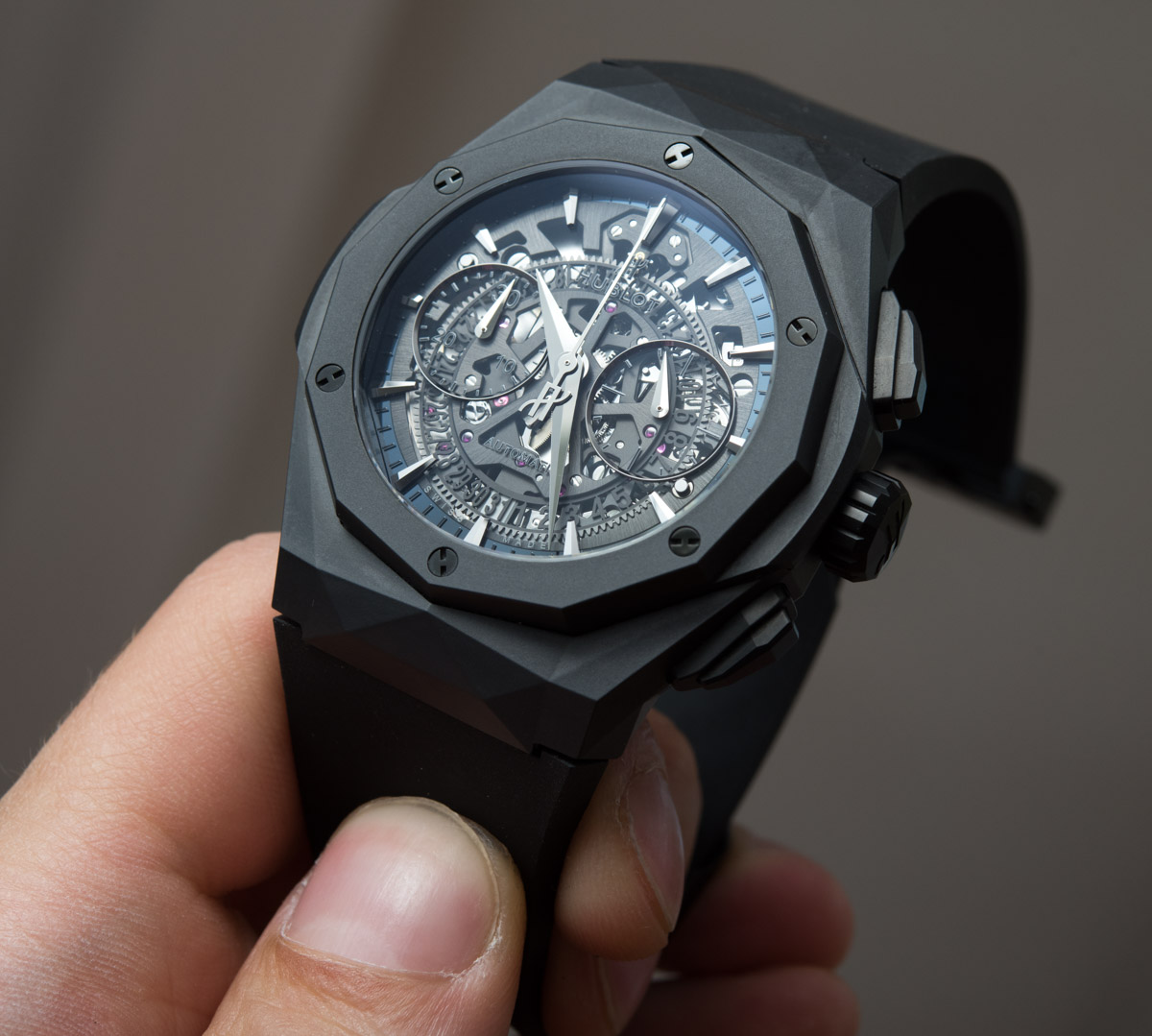
You see, I’m “mad” at that description because it doesn’t do the watch justice – I hope my images do. Although the Classic Fusion Orlinski line was launched in January in Geneva (Hublot is not an SIHH-brand, they just exhibit somewhere in Geneva during the show’s period before showing all their novelties off at BaselWorld), this “All Black” version was not among the launch pieces – those were either matte blue ceramic or super shiny, all-polished titanium. On a personal note, while I love some of Hublot’s All Black watches, I don’t think this Orlinski looks best in black. In fact, I thought the blue and the titanium versions made this design pop in a way it deserved. I was immediately thrilled by those when I briefly saw them hands-on – but I could consider the long-run with this All Black version as this was the one in for review. Here we go.
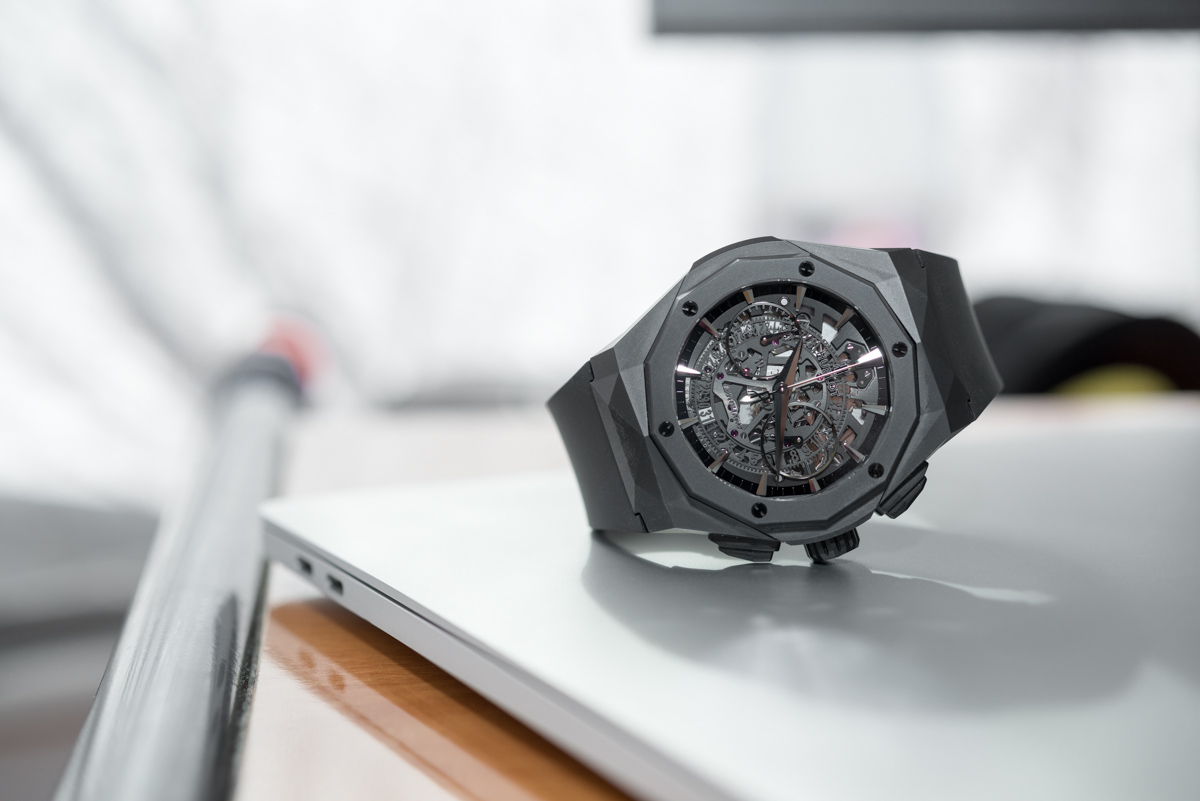
A Ceramic Watch Review Done… Better Differently
We have talked a lot about ceramic lately – with the Big Bang Red Ceramic hands-on here, or the Apple Watch Series 3 in ceramic reviewed here. Jean-Claude Biver called it the best material for a watch – he might know since his daily wear actually is a 2005 Big Bang Monopusher Chronograph… in ceramic. However, when a WIS hears the word “ceramic” the initial reaction usually isn’t unstoppable drooling and a mumbling of lustful words, but that of crisis, shock, horror, and worry. Because ceramic, although it cannot be scratched (we’ll see about that a bit further below…), shatters. Metal used in watches and worn under humanly survivable conditions will not shatter. It will dent, although we have seen metal watches with broken-off lugs, an inconvenience ceramic-worryists seem to forget/not know about.
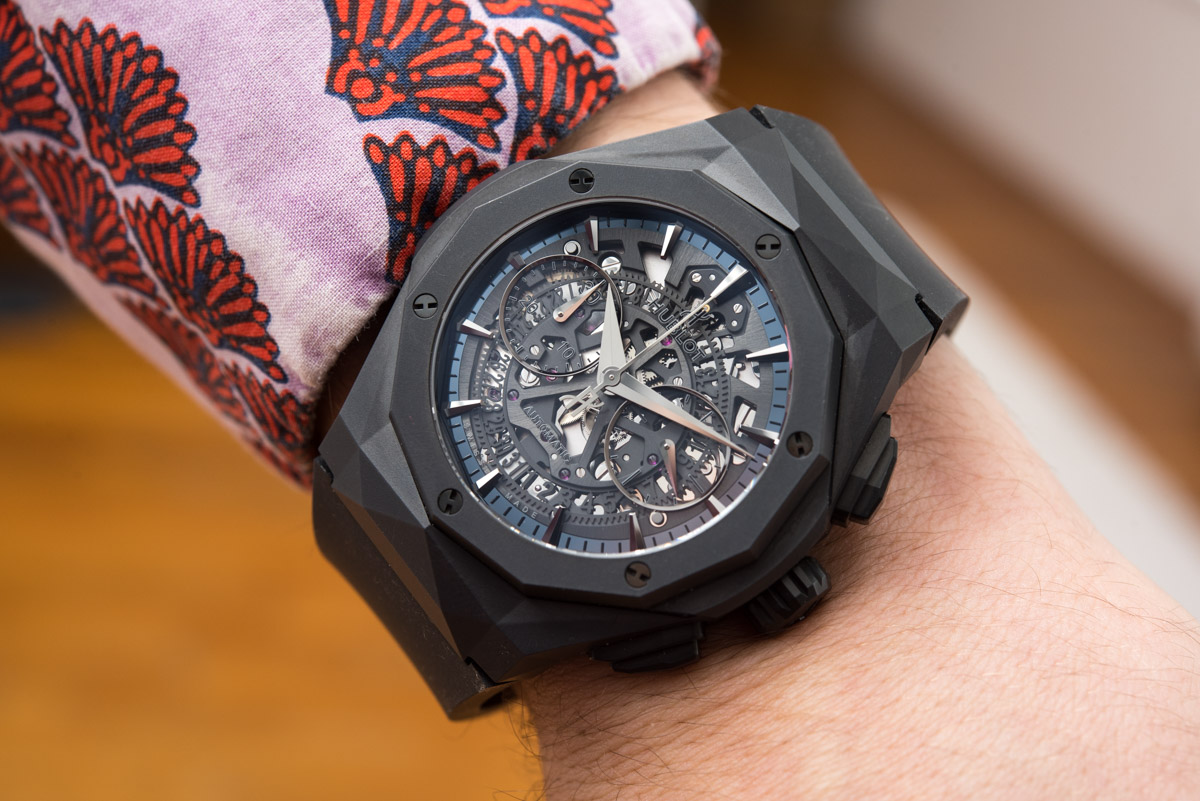
About That Lamp Post
Ever since the moment I picked up the Hublot Classic Fusion Aerofusion Chronograph Orlinski All Black, I was consciously or at least subconsciously aware of this whole ceramic-worry, which actually is a very ambivalent feeling. For one, I am flying in the dark in the sense that I have (had) no idea how much a ceramic case can take. Some say they’ve dropped theirs and nothing happened to it, others testify to “just a tap” in the wrong angle and their watch breaking… So I did a bit of Googling and, to my surprise, I could only find the same few pictures of broken IWCs, Omegas, and Panerais… No Hublots though, not even when I searched for the “Hublot ceramic shatter” or “break” terms; and they do have plenty of models in all ceramic at this point. Come to think of it, I have also personally seen more than a handful of broken Rolex ceramic bezel inserts at an AD service.
